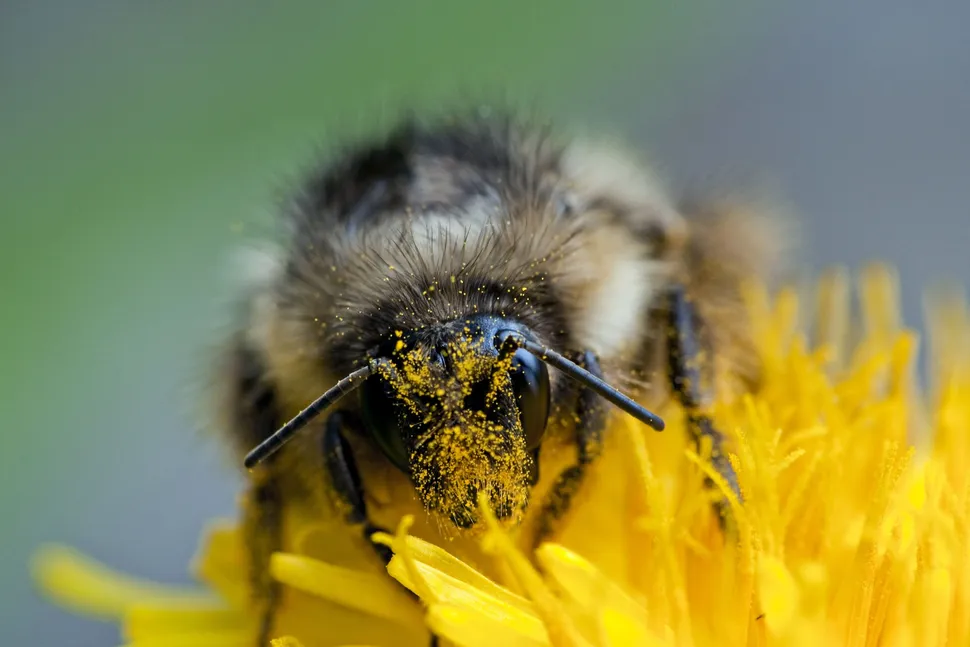Discover interesting facts about insects, the critters whose combined weight on the planet is 70 times that of all humans.
The Hidden Lives of Insects: What Science Reveals About These Tiny Titans
Insects make up over half of all known animal species on Earth and outnumber humans dramatically — with around 1.4 billion insects for every person. Despite their small size, insects dominate nearly every habitat and play vital roles in ecosystems. Here’s what science has uncovered about their lives:
🦵 How Many Legs?
All insects have six legs, attached to the thorax, the middle of their three-part body (head, thorax, abdomen). Their legs are often adapted for jumping, swimming, digging, or grabbing prey — like a grasshopper’s powerful hind legs or the praying mantis’ grasping limbs.

❤️ Do Insects Have Hearts?
Yes, but they work differently from ours. Insects have an open circulatory system with a fluid called hemolymph instead of blood. A long tube-like heart pumps this fluid, which bathes the organs directly, delivering nutrients and helping regulate temperature — but not oxygen, which insects get through breathing holes called spiracles.
😴 Do Insects Sleep?

Yes, insects sleep — even without eyelids. They enter a rest state, staying still and lowering their body temperature. Sleep-deprived bees, for instance, struggle with memory and perform poorly at their famous waggle dances used to communicate food locations. Like humans, bees seem to follow a circadian rhythm and “catch up” on missed sleep.
😖 Do Insects Feel Pain?
Evidence is growing that many insects may feel pain and even exhibit forms of sentience. Studies show bees avoid uncomfortably hot surfaces — unless a strong enough sugar reward is involved, hinting at conscious decision-making. Reviews of experiments suggest that insects like flies and cockroaches meet multiple criteria used to assess animal pain.
🐞 The Bigger Picture
Insects aren’t just mindless pests — they’re complex, adaptable, and possibly sentient creatures. As science digs deeper, we’re learning that these small animals lead surprisingly sophisticated lives.
